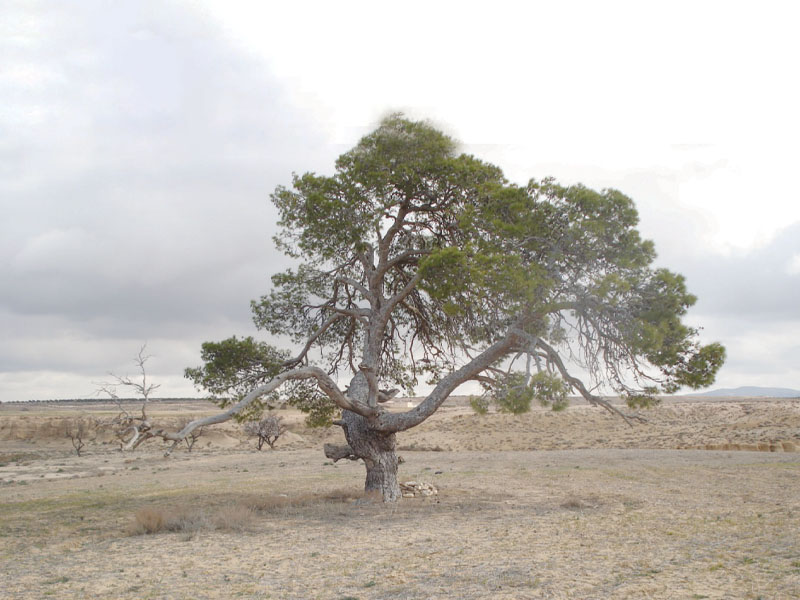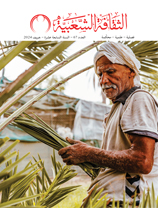Folkloric Beliefs in Tunisia’s Sabasib
Issue 22

All forms of cultural and spiritual folkloric heritage offer fertile ground for creativity and encourage cultural developmental projects. Representing our history and our ancestors> memories, this heritage is an important source of knowledge.

The relationship between Man and the ‘Green Spirit’ was one of humankind’s early existential concerns. Throughout history, people have given plants attention and care and seen them as sacred, observing the changes of Nature’s four seasons as the green leaves of Springtime’s trees yellow and fall in Autumn.
These phenomena made people anxious. Man questioned the dearth of greenery in the deserts, and lived in a constant state of worry about time and its influence on the cycle of life; he eagerly awaited the return of the plants> spirits and the next phase of the cycle of life. He created gods associated with fertility and life, such as Mesopotamia>s Ishtar - the Great Mother of the human race in the East - and Tanit, the spirit of the forest and chief deity of Carthage in the Punic Moroccan region.
The sacred spirit of the forests is known to all civilizations, from China to Babylon, to the land of Dilmun in the Gulf, Pharaonic Egypt, Carthage and Alnomdaan Amazigh of central Algeria, and to what is now Morocco.
This sacred spirit still exists in many areas of Tunisia, especially the interior where there are historically diverse ethnicities. The Arab Hilali tribes and the tribes of the Sabasib region, which is the geographic location of the last Byzantine kingdom, perform rituals for the Green Spirit.
Here and in the surrounding rural area, people revere Juniperus phoenicea trees by burning incense and lighting candles; the trees are fenced off to create a safe space for believers. People make tar from these trees, and the leaves are used in medications and mixed with incense during the month of Ramadan.
The search for Truth and Good keeps Man connected to natural phenomena and keeps religious rituals alive; beliefs are closely related to a Man’s natural surroundings. As Mircea Eliade said, “The sacred is an element in the structure of consciousness, not a stage in the history of consciousness.”
It is worth noting that the region’s isolation and limited interaction with the outside world explain why people still follow their ancestors’ religious practices. This cultural heritage represents customs, the personal identity of individuals or groups, and religious beliefs. Preserving this heritage will preserve the memory of generations and the spiritual and material culture of the ancestors; a culture that is currently under threat.
Mohammed Nassir Sidiqi
Tunisia




































































